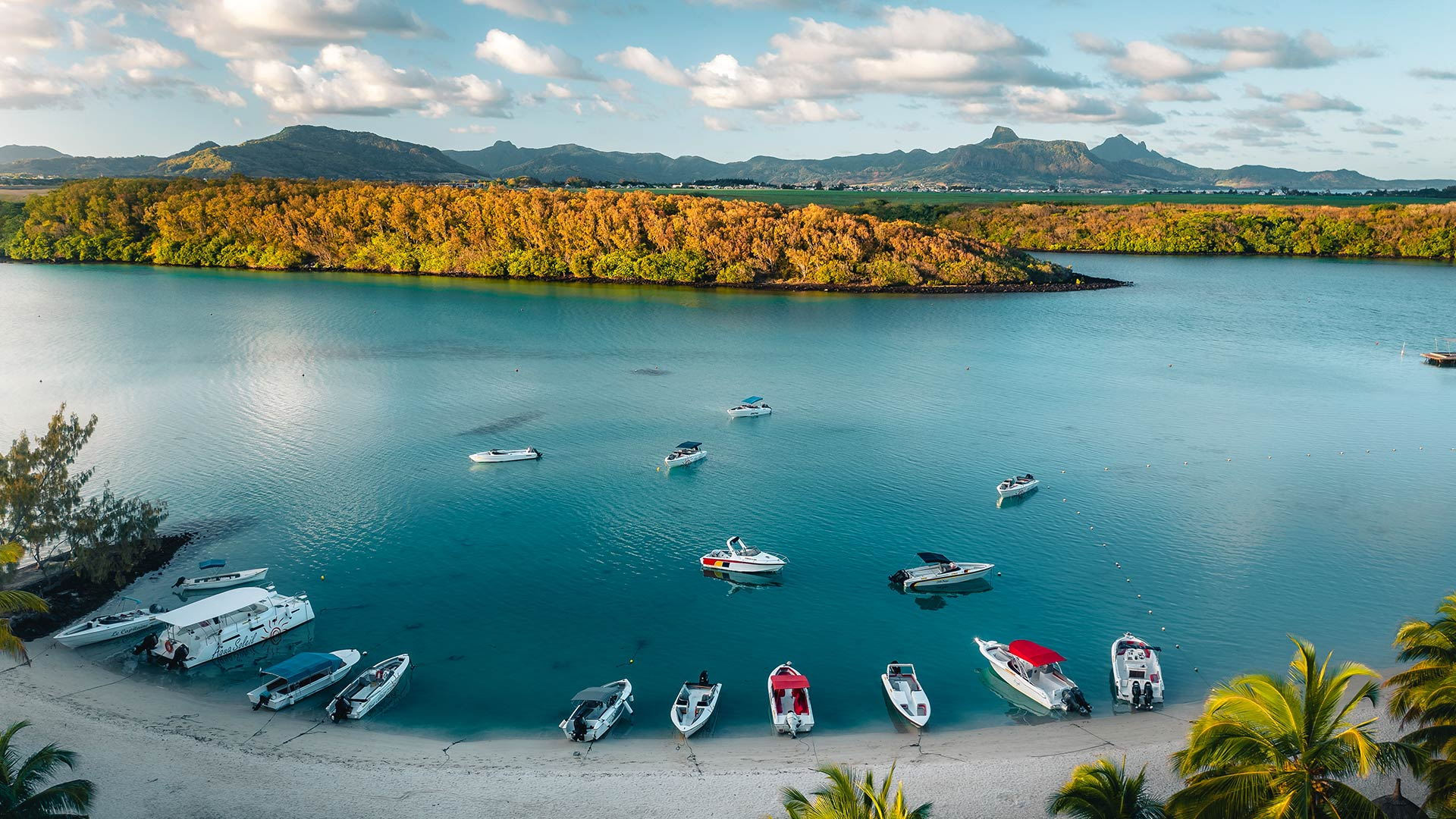Things to do in Blue Bay with Beachcomber
The village of Blue Bay is located in the south of Mauritius, and is praised for its charm and impressive biodiversity. The Shandrani Beachcomber Resort & Spa is the only one of our hotels in this region, and it certainly lives up to its responsibility of giving guests a beautiful holiday experience for the duration of their Blue Bay holiday. Popular with nature and sports lovers, the Shandrani Beachcomber is perfect for the adventurous holidaymaker looking to explore. There are plenty of activities and things to do in Blue Bay, Mauritius. Book a stay at the Shandrani Beachcomber and enjoy these experiences, and much more.
Hotel activities
It would be a crime to waste the abundance of beautiful ocean surrounding the Shandrani Beachcomber - the resort gives guests access to three private beaches, and an array of watersports to enjoy. Try your hand at wakeboarding, sailing, snorkelling and diving in the warm water, which is teaming with sea life.
The Shandrani Beachcomber is lucky to have its own onsite Water Skiing Academy, with high-quality equipment from recognised leading brands. Enjoy one-to-one classes with our helpful instructors and take to the water for some thrills and spills.
For some travellers, the real adventure lies in trying different cuisines and dishes. At the Shandrani Beachcomber there are six different restaurants to choose from, with options such as the Italian trattoria Ponte Vecchio, or the Thai restaurant, Teak Elephant.
With 18 treatment rooms the spa facilities at the Shandrani Beachcomber are truly exceptional; select a treatment and lose yourself in clouds of purifying steam, or let our therapists wring out any lingering tension you have brought with you.
Not only does the Shandrani Beachcomber have a 50-hectare pitch and putt golf course onsite, but it also grants its guests privileged access to the Avalon Golf Estate, an 18-hole par 72 golf course. The course is around a 30-minute drive from the hotel, and guarantees golfers of all abilities a good day out.
Excursions
Not only do we think Blue Bay has one of the best beaches in Mauritius, but once you leave the sand behind and venture out into the water you will be mesmerised by the diversity of marine life that can be found here.
Get up close and personal with everything from caimans to koi carp and monkeys to mongooses at this exciting zoological park. There is also an impressive children's play area.
Classified as a nature reserve since 1965, this island is home to giant tortoises, rare birds and colourful orchids, and can be reached via a short boat journey.
This beach is a hidden gem, and will often be very calm and quiet in comparison to the more commercial public beaches
The historic village of Mahébourg has lots of things to see and do, including a natural history museum that is home to a rare dodo skeleton. The waterfront is also particularly scenic, and hosts the Pointe des Regates, a local regatta.
